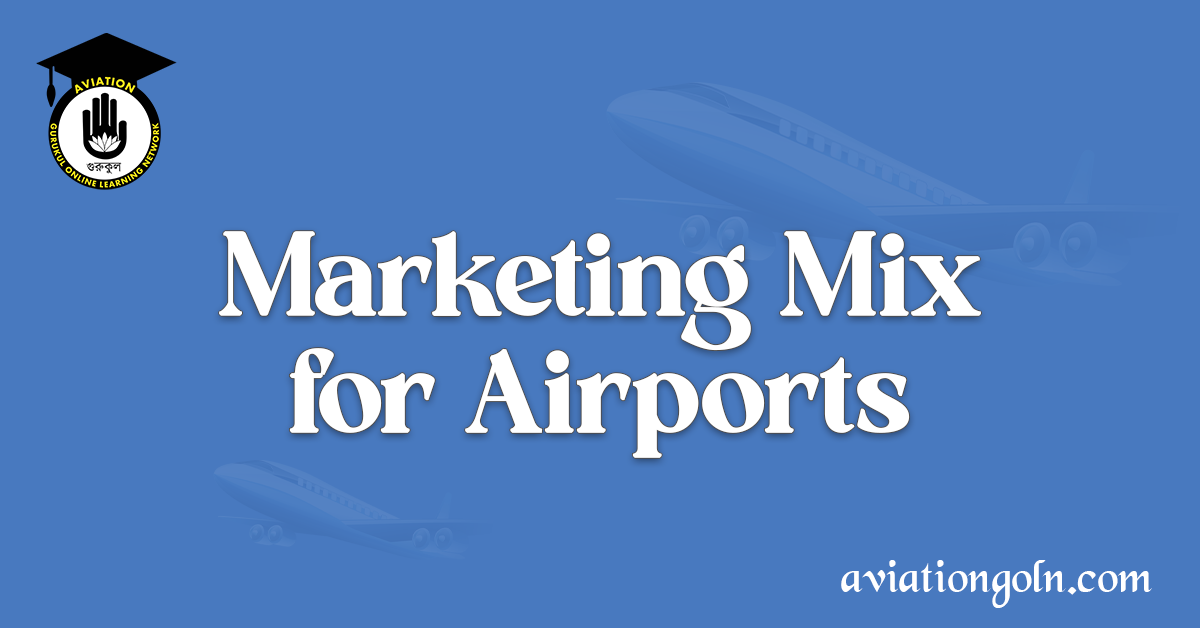Marketing Mix for Airports, Airports play a pivotal role in the global transportation industry. With the rapid increase in global tourism and business travel, airports have transformed from mere transport terminals to significant commercial entities. To thrive in this competitive environment, airports need effective marketing strategies. This is where the concept of the marketing mix comes into play.
The marketing mix, traditionally comprised of the 4Ps (Product, Price, Place, and Promotion), can be applied to airports. However, considering the intricacies and unique characteristics of the aviation industry, we’ll extend this model to 7Ps by including People, Process, and Physical Evidence. Here’s a detailed exploration of how each element of the marketing mix can be tailored for airports:
Marketing Mix for Airports
1. Product
For airports, the product is the combination of facilities and services they offer:
- Terminal Facilities: This includes amenities like lounges, shopping centers, dining establishments, duty-free shops, and more.
- Operational Efficiency: Reliable flight schedules, minimal delays, efficient baggage handling, and quick customs clearances.
- Connectivity: Availability of numerous routes, both domestic and international, and partnerships with various airlines.
- Safety: Ensuring passenger safety through advanced security protocols, safety drills, and emergency management systems.
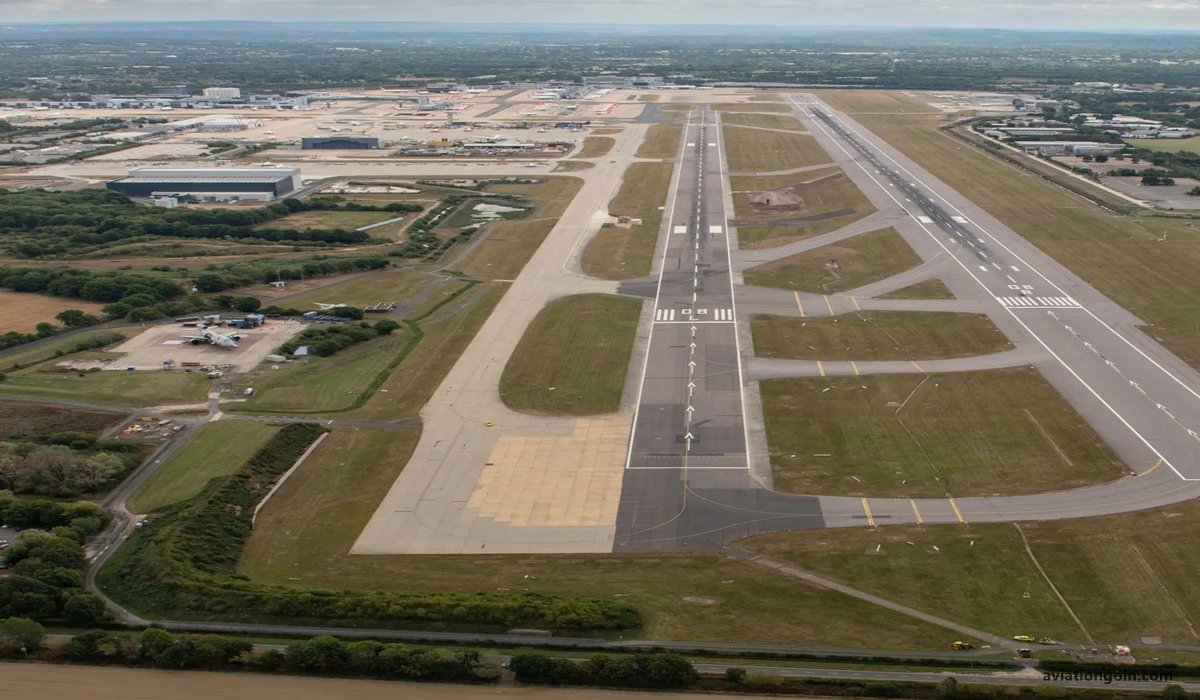
2. Price
Airports have diverse revenue streams, and pricing decisions impact each:
- Landing Fees: Charged to airlines for using the airport’s runways and terminals. Competitive pricing can attract more airlines to operate from the airport.
- Passenger Service Charges: These are often included in airline tickets and cover the use of airport facilities.
- Rental Income: From shops, restaurants, and airlines renting spaces in terminals.
- Parking Fees: Charged to passengers and visitors for vehicle parking.
- Value Proposition: Balancing competitive prices with top-tier services ensures an airport’s value proposition remains appealing to both airlines and passengers.

3. Place
The location and accessibility of an airport play a crucial role:
- Proximity to City Center: Airports close to major cities or business hubs tend to attract more passengers.
- Transport Links: Availability of efficient public transport systems, like buses, trams, or trains, connecting the airport to key local areas.
- Infrastructure: Good road networks, minimizing travel time to and from the airport.
- Expansion: Availability of land or space to accommodate future growth or expansion projects.

4. Promotion
How airports market themselves is crucial in establishing a strong brand presence:
- Advertising: Traditional media, digital platforms, social media, and onsite advertising can boost the airport’s visibility.
- Public Relations: Hosting events, press releases, or partnerships can enhance the airport’s reputation.
- Brand Partnerships: Collaborations with airlines, tourism boards, or local businesses can generate mutual benefits.
- Customer Feedback: Engaging with passengers through surveys or feedback mechanisms can provide insights and promote a customer-centric image.

5. People
People form the backbone of airport operations:
- Training: Investing in continuous training for staff, be it security, ground crew, or customer service representatives, ensures operational efficiency.
- Customer Service: Friendly, efficient, and multilingual staff can enhance the passenger experience.
- Diversity: Employing a diverse workforce can cater to the multicultural audience that frequents airports.

6. Process
The procedures and systems in place determine the operational efficacy of an airport:
- Check-in Systems: Streamlined and efficient check-in processes, including online check-in and automated kiosks, enhance passenger experience.
- Security Protocols: While safety is paramount, ensuring security checks are swift and hassle-free is essential.

- Baggage Handling: Automated systems, reliable conveyor belts, and quick baggage claims processes reduce waiting times.
- Flight Information Systems: Real-time updates on flight statuses, delays, and boarding times aid passengers.
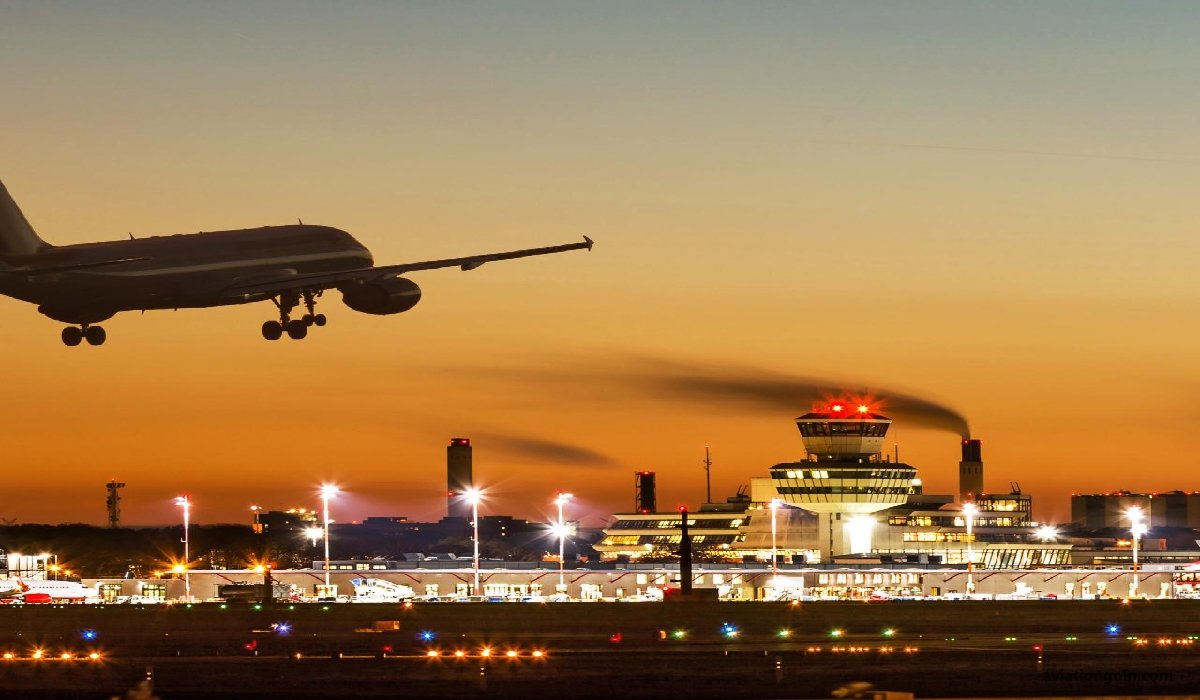
7. Physical Evidence
The tangible aspects that passengers can see, feel, or experience:
- Airport Design: Modern architecture, spacious terminals, and intuitive design can create a lasting impression.
- Cleanliness: Regular upkeep, cleaning, and maintenance activities are vital.
- Signage: Clear and multilingual signs can guide passengers and improve navigability.
- Lounge & Seating Areas: Comfortable seating, exclusive lounges, and relaxation zones enhance passenger comfort.
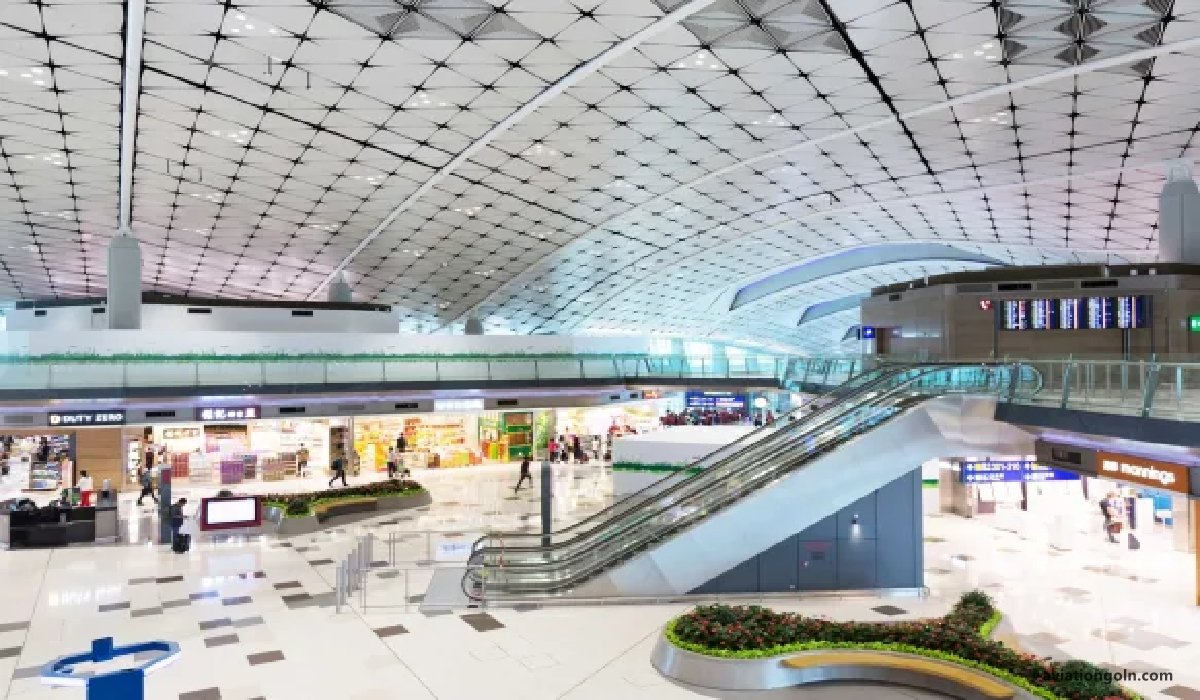
The Future of Airport Marketing Mix
As the aviation industry evolves, so does the marketing mix. Technology is playing an increasingly pivotal role:
- Digital Integration: From augmented reality navigation aids to AI-powered information kiosks, technology is revolutionizing the airport experience.
- Sustainability: Green airports, with a focus on sustainability, from energy consumption to waste management, are becoming focal selling points.
- Personalization: With data analytics, airports can offer personalized experiences, from shopping recommendations to dining offers, based on passengers’ preferences.
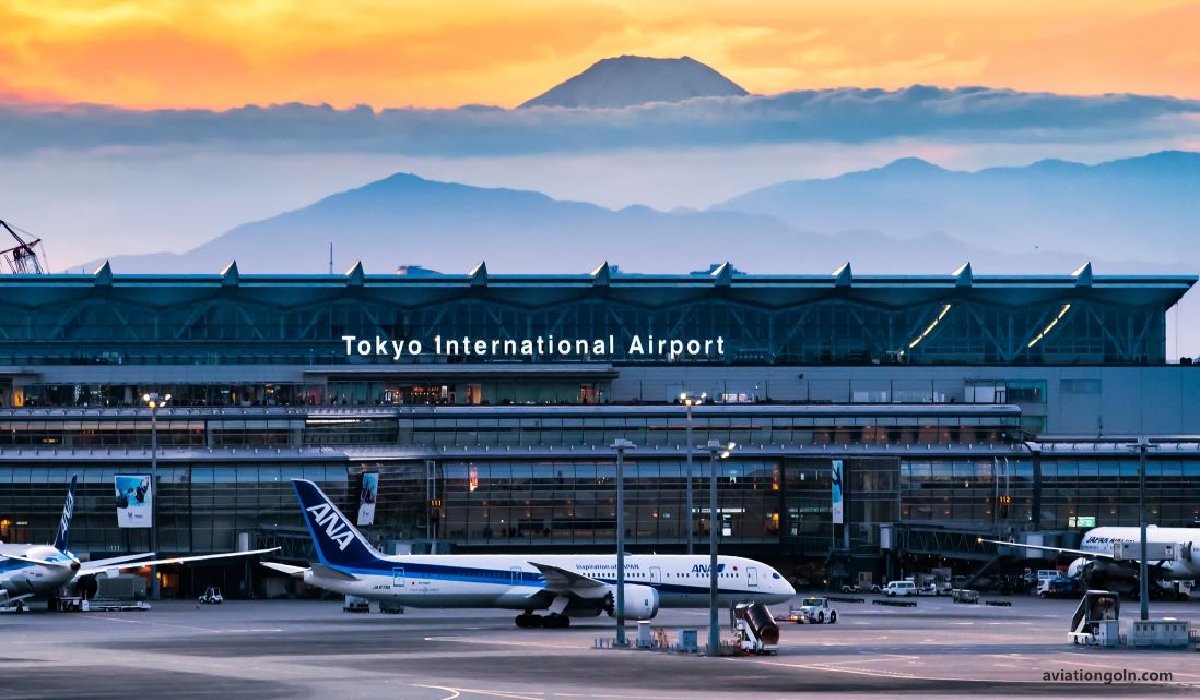
Airports, in today’s interconnected world, are much more than transit points. They are commercial hubs, significant employers, and crucial touchpoints in a traveler’s journey. An effective marketing mix, tailored to the unique dynamics of the aviation industry, can ensure an airport remains competitive, profitable, and a favored choice among travelers. As passenger expectations evolve and technology reshapes experiences, it’s imperative for airports to adapt their marketing mix, always prioritizing safety, efficiency, and customer satisfaction.
